Replacing worn engineered hardwood
Anthony J
2 years ago
Featured Answer
Sort by:Oldest
Comments (10)
shirlpp
2 years agoRelated Discussions
100+ year old hardwoods need replacing--engineered vs hardwood
Comments (4)Wood vs. Engineered Wood? No contest in this case. If the home was built in 1905, put real hardwood in. This preserves the integrity of the home's building materials. Plus, as you can see from the age of these floors, higher grades (i.e. thicker) hardwood can be sanded several times; you usually don't get even one chance to sand engineered wood. The hardwood layer at the top of this multilayered product is simply too thin. Level Floors and Subfloors There are ways to level a subfloor, ranging from replacing parts of the subfloor with thicker or thinner sheets of plywood (or planks, see below), to pour-on leveling compounds that harden to make the entire floor level. What you use to level uneven areas depends on what the subflooring is. If it is plywood or concrete, the compound works. But more likely with this home, on floors at or above grade, there will be wood planks laid at a diagonal across the floor joists. So in your home, the layers were probably joists first, then subfloor planks of wood, then hardwood with tongue & groove joints. You cannot effectively use a pour-on leveling compound on a plank subfloor, as there are cracks between the planks. However, you can lay a new hardwood floor directly on a wood plank subfloor as long as those planks are sound and relatively level. Replace individual planks that have been damaged by water or insects, are otherwise compromised, or even missing (it happens!), with either new planks of lumber, or with plywood of the same thickness as the planks. Any lumber you install, for either the subfloor or finished flooring, should be brought in to your home several days prior to installation, so the materials acclimatize to your typical interior temperature and humidity. Unlike for ceramic or porcelain tile, the subfloor does not have to be perfectly level. And unlike vinyl sheeting, planks or tiles, the hardwood won't "telegraph" minor differences in height, and minor surface irregularities, so the subfloor doesn't have to be absolutely perfect; it should be sound, strong, uniform and essentially level. Your flooring contractor can give you specifics on what upgrades your subfloor may need once the original hardwood is removed. Joists If the floor is significantly not level in parts, or if certain areas feel spongy when you walk on them, I recommend you have your flooring contractor, a home inspector, or structural engineer inspect the subflooring and especially the floor joists. You don't want to invest in a new floor, only to have it become damaged because some joists weren't attended to. Transitions Transitions (a.k.a. thresholds or molding) between existing rooms and the new floor ought to be made of the same wood and same finish (stain, polyurethane, etc.) as the new flooring you are putting down. As wood ages, the finish becomes darker, so trying to make the transitions match the finishes of existing floors is very difficult and not recommended (what will match those floors right now won't match later after your transitions age up a bit). Eventually, the transitions wouldn't match either the new or the old floors! Transitions come in four types: reducer (when the two floors being joined are of different heights), seam binder (when the floors are the same height, and the boards from each are very close to one another), T-mold (when the two floors are the same height, but there is a crack between the two rooms' flooring) and stair nose or stair edger (when the flooring needs to curve around the front of a stair's "tread"--the flat part of a stair upon which you tread!). The transitions for your particular project can be ordered when you order the hardwood, so make sure to include measurements for those doorways/entrances. The contractor can tell you if he/she anticipates there will be a height difference or gap between the floorings, which would require those particular transitions. Dry Air Concerns Consult a local lumber supplier or flooring contractor familiar with your local climate conditions to discuss finishes or other tips for keeping your wood floors healthy in the dry winters. Sounds wonderful! Have fun!...See MoreHardwood floor vs. engineered hardwood?
Comments (27)Choosing the right flooring type isn't enough for your living condition. You will have to consider the types of cut: flat sawn, rift and quarter sawn, quarter sawn or live sawn. Quarter sawn and rift & quarter sawn will be best choices, because expansion and contraction is along the thickness of the wood. You will need climate control all year round. 70 degrees at 40 % relative humidity is where you want to be throughout the year. The use of a humidifier/dehumidifier will be needed year round. Although, engineered flooring is more stable than solid. Using the wrong wood specie in your living condition can run the risk of de-laminating with engineered wood. If, the top veneer is more or less stable than it's core and backing. You will experience de-laminating in extreme humidity swings. Take in account of what the engineered flooring is constructed of: mdf or plywood. The width of the flooring will account for how much expansion and contracting also. 2 1/4" strips are the most stable. As you go wider, expect to see more wider seasonal gaps. Proper acclimating is critical, should be performed with a moisture meter. For 2 1/4" strip flooring , sub-floor and flooring moisture should be within 4%. For all other widths 2% moisture differentiation is allowed or should not be exceeded. Don't forget proper expansion gaps, which is the thickness of your flooring, example: 3/4" thick = 3/4" gap. Sub-floor type and condition will affect the performance of wood floors. All this needs to be considered for the proper and successful performance of your wood floors....See MoreSolid hardwood downstairs only or engineered hardwood throughout?
Comments (4)I too cannot see the savings of remove+replace. A sand/refinish averages $5/sf. It is minimally disruptive (ie. it does NOT involve demolition) and it will cure in 10 days (assuming you are using a high-end water based finish). Now an engineered hardwood is SUPPOSED to be more expensive than solid. Yah. I said it. Engineered (same cut, width, thickness, installation method) should be more expensive than solid. Hmmmmmm. My spidy senses are tingling. Now on to the cost of hardwood upstairs. Carpet removal/disposal = $1.50 - $2/sf (depends on where you live). Repair and prepare the wooden subfloors (usually 'bad' underneath carpet...carpet hides the WORST subfloors) $2-$4/sf. Yep. Just ASSUME you will be spending $3/sf for the subfloor prep upstairs. Now for the cost of solid hardwood (regular 3" width) = $5/sf. Installation + finishing = $3-$4/sf. Right. A regular solid hardwood (nothing special) with install = $8 - $10/sf. Now compare that to a 'sand and refinish' of $5/sf. Wow. It is CHEAPER to do the sand and refinish. Hmmmm. Now imagine the COST of demolition for the HARDWOOD....yep. You can add MORE to that cost. And again the subfloors have to be looked at. More costs. Now imagine the cost of a MORE EXPENSIVE engineered hardwood....$8 - $12/sf for material only. Installation is extra ($3-$4/sf for factory finished hardwood). I tell ya. The $5/sf sand/refinish is looking REALLY GOOD right now. Ignore the width of the planks. They are classic and are probably appropriate for the age of the home. It is your money and your home. If you believe an engineered hardwood is CHEAPER than $5/sf sand and refinish (including install and subfloor preparation) then you are welcome to find out the reality of the situation. We are going to tell you the 'cheap' wide plank engineered hardwood is not going to give you the 'life expectancy' that a 'regular' 3" wide solid hardwood ($5/sf material). It just won't....See MoreShould I replace engineered hardwoods with real hardwoods?
Comments (35)I'm not sure what LVT is. :) I have an appointment with the flooring person for Saturday to test out samples. Cherie, we hate forced hot air because it bothers my and the kids' asthma and allergies so I am actually very happy about these baseboard radiators as radiant heat is much easier on the lungs since it's not blowing hot air all over the place. There is central air for the summer months. We live in Northern NH... it gets cold here for sure. I am going to keep the tile in the kitchen for now and the rest will be new flooring *all going in the same direction* ! We are ripping out the red carpeting, which is in all four bedrooms as well as on the stairs. We want to replace that with flooring and we don't want yet another type of flooring in the house so it makes sense to do the living and dining room as well. When we reconfigure the kitchen, we'll have to match it up and remove the tile at that time....See MoreAnthony J
2 years agoSuki Mom
2 years agoPatricia Colwell Consulting
2 years agoAnthony J
2 years agocalidesign
2 years agoSJ McCarthy
2 years agoConnecticut Yankeeeee
2 years agomainenell
2 years ago
Related Stories
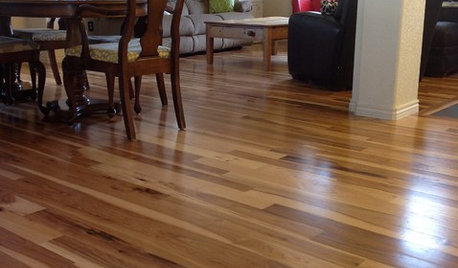
MATERIALSWhat to Ask Before Choosing a Hardwood Floor
We give you the details on cost, installation, wood varieties and more to help you pick the right hardwood flooring
Full Story
HOUSEKEEPINGHow to Clean Hardwood Floors
Gleaming wood floors are a thing of beauty. Find out how to keep them that way
Full Story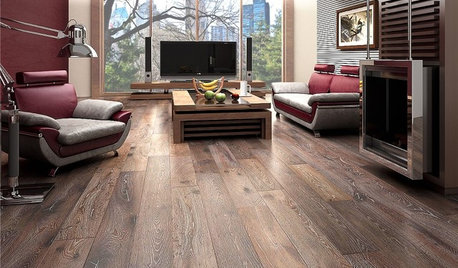
REMODELING GUIDESWhen to Use Engineered Wood Floors
See why an engineered wood floor could be your best choice (and no one will know but you)
Full Story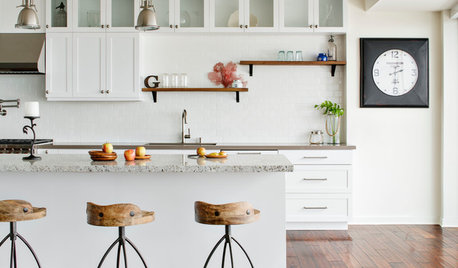
REMODELING GUIDESWhat to Know About Engineered Wood Floors
Engineered wood flooring offers classic looks and durability. It can work with a range of subfloors, including concrete
Full Story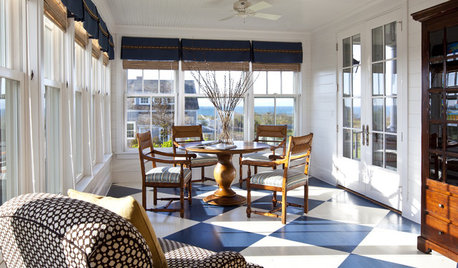
FLOORSHow to Paint Your Hardwood Floors
Know how to apply nail polish? Then you can give your wooden floors a brand-new look
Full Story
REMODELING GUIDESTransition Time: How to Connect Tile and Hardwood Floors
Plan ahead to prevent unsightly or unsafe transitions between floor surfaces. Here's what you need to know
Full Story
FLOORSHow to Care for Engineered Wood Flooring
Keep your wood floor looking its best with these tips and tricks from the experts
Full Story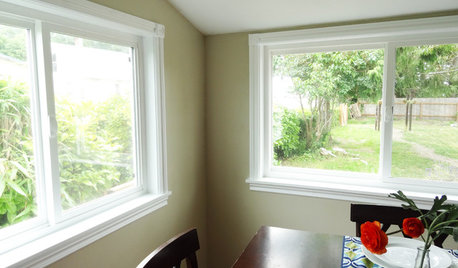
WINDOWSHow to Replace Window Trim
For finishing new windows or freshening the old, window trim gives a polished look with less effort than you may think
Full Story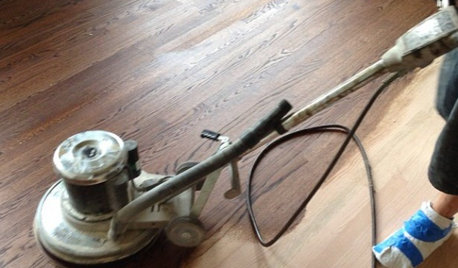
GREAT HOME PROJECTSWhat to Know Before Refinishing Your Floors
Learn costs and other important details about renewing a hardwood floor — and the one mistake you should avoid
Full StorySponsored
Columbus Area's Luxury Design Build Firm | 17x Best of Houzz Winner!



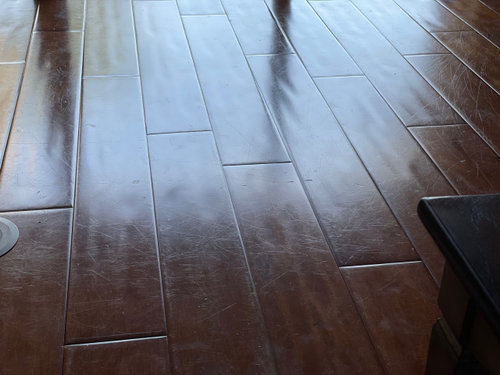




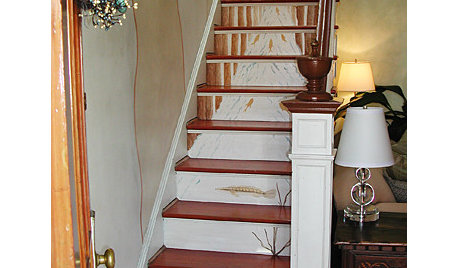
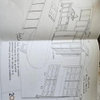


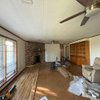
Memphis Forrest